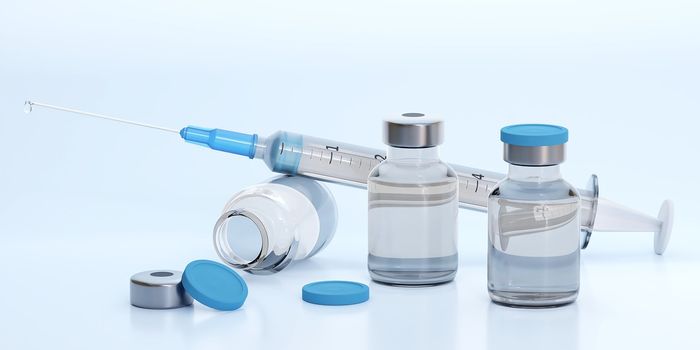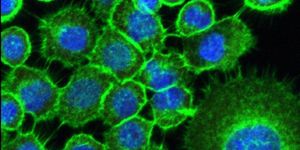New device detects skin cancer from tensile stiffness
A research team composed of scientists from City University of Hong Kong (CityU) has designed an automated non-invasive electromechanical device capable of diagnosing deep tissue pathologies like psoriasis. The team hopes that one day their device will be applicable for the clinical evaluation of skin cancers as well as other dermatology diseases.
Dr. Yu Xinge, who is an Assistant Professor from CityU's Department of Biomedical Engineering, collaborated with scientists from Northwestern University to published their findings in Nature Biomedical Engineering in the paper "Miniaturized electromechanical devices for the characterization of the biomechanics of deep tissue."
The device is composed of a piece of soft, strain-sensing sheet with a vibratory actuator that allows it to sense tensile stiffness of the skin. Placed on the skin, the device can measure tissue stiffness from depths of approximately 1 to 8 mm and provide extremely precise real-time evaluations.
This device addresses the limitations of current diagnostic evaluations like magnetic resonance elastography. Not only do current methods require large instruments typically housed only within hospitals and specifically-trained practitioners, but they also only measure to superficial depths of upper skin.
In testing their device, the team analyzed how it responded to multiple synthetic and biological materials, such as hydrogels, pigskin and different parts of human skin. "The lesions exhibited higher stiffness than those of the nearby skin, primarily due to differences in skin elasticity and hydration. These simple measurements have potential clinical significance in rapidly identifying and targeting skin lesions, with capabilities that complement those of recently reported methods for sensing mechanical properties at tissue surface (typically micrometer-scale)," explained Dr. Yu.
The device may even be able to be used to detect skin cancer, given that cancer tissue is typically either stiffer or softer than normal tissue, which can be diagnostically telling.
Sources: Nature Biomedical Engineering, Eureka Alert








